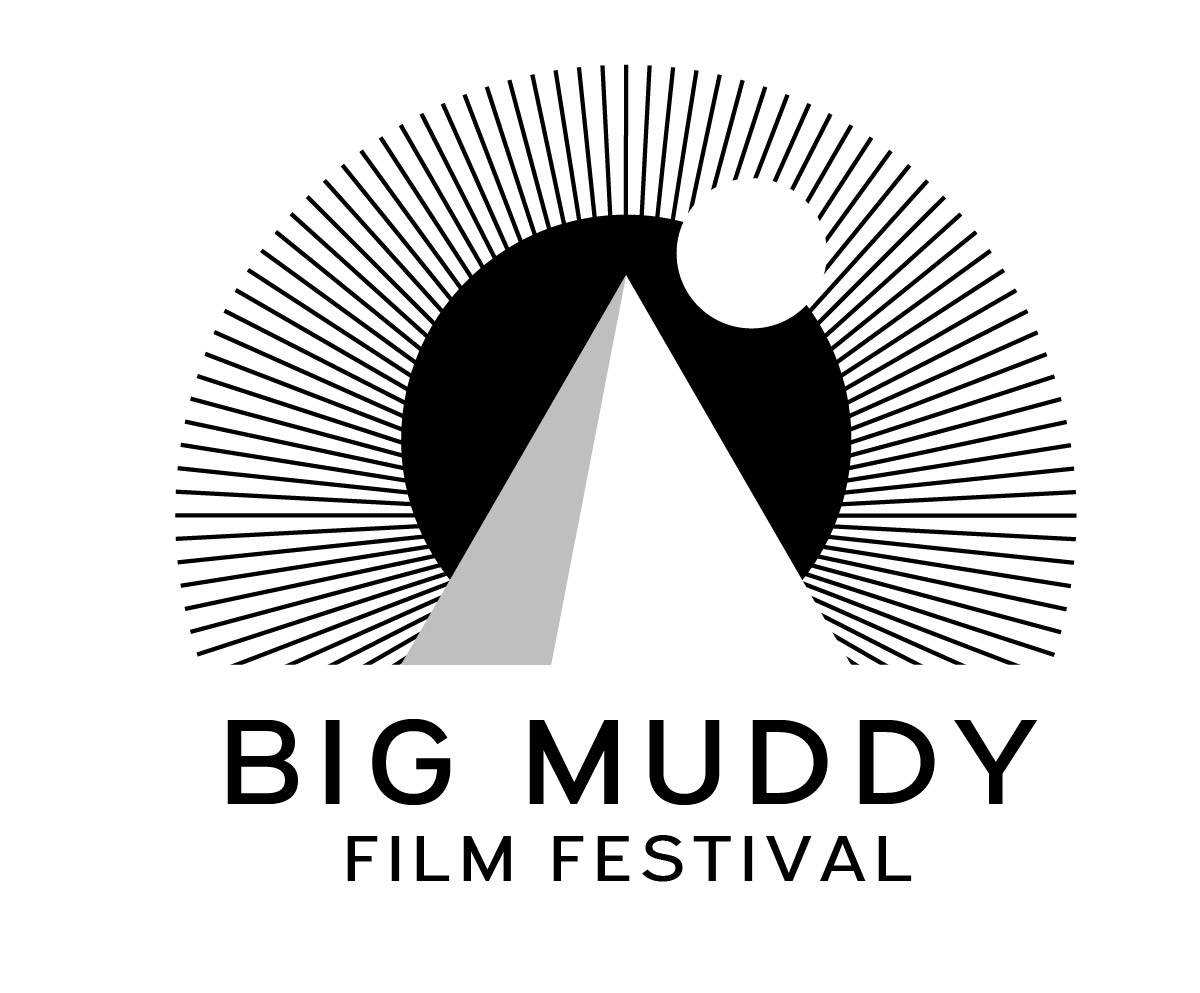
February 10, 2021
Virtual Big Muddy Film Festival 2021 will include smartphone entries
CARBONDALE, Ill. – In preparing for its 43rd edition in March, the venerable Big Muddy Film Festival at Southern Illinois University Carbondale will provide a few new twists.
One of the nation’s oldest film festivals affiliated with a university and widely known for strong documentaries that highlight social issues, the virtual event will include a category for films shot with smartphones.
The 2021 festival, March 17-31, will also feature competitive films in four other categories: animation, experimental and narrative, along with virtual juror presentations. This year’s festival will feature 82 selections from 228 submissions, including three feature narratives making their U.S. premieres.
Details on the selected films and the festival are available on the Big Muddy Film Festival website and Facebook and Instagram pages. Virtual events are scheduled for the first week, and all content can be streamed the second week. There will be an opening event on March 17 at 7 pm. A gala awards ceremony that includes the festival jurors will be livestreamed on March 28 at 7 pm.
A gala awards ceremony at 7 p.m. March 28 that includes festival jurors will be livestreamed. All of the programs will be available at Big Muddy Film Fest Online and linked through the festival’s web page.
The jurors’ talks will also be available via livestream. More information is also available at bigmuddyfilm@gmail.com.
Along with the five categories, the festival will also feature films for the John Michaels Award. The competition honors the late John Michaels, a cinema student in the 1980s who earned his Master of Fine Arts degree at SIU Carbondale. He was involved in community organizing and activism before he died of brain cancer. The category focuses on films that highlight struggles for social and environmental justice.
A film committee comprising students, faculty members and the community selected this year’s lineup.
Festival features accomplished jurors
The jurors include a media artist, film programmer and writer; a writer and actress, and a filmmaker and media artist and former assistant professor in SIU’s cinema and photography department. All are evaluating festival films from their respective homes and will be making short presentations of their work to students during the festival.
- Jason Livingston’s award-winning work has been screened widely, including the Rotterdam International Film Festival, the Ann Arbor Film Festival, Pacific Film Archive, Vancouver Art Gallery, the Austrian Museum and the New York Underground Film Festival. He is pursuing his doctorate with the Department of Media Study at the University of Buffalo. Livingston talk is March 20 at 7 pm.
- Kelsey Goldberg is known for the 2015 film “Pete Winning and the Pirates” and the 2017 film “Over Easy.” She is co-writer of the 2020 film, “Unearth,” a feature-length fracking horror story that follows the strained relationships of two neighbors when one chooses to lease their land to an oil and gas company. Goldberg's presentation is at 7 p.m., March 18.
- Jennida Chase regularly collaborates and exhibits under the moniker of s/n and has created, screened and exhibited numerous works internationally. She taught at SIU Carbondale for nearly four years before becoming an assistant professor at the University of North Carolina at Greensboro in 2018. Chase will show her work at noon, March 19. All juror talks are linked through Big Muddy Film Fest Online and Facebook.
Technology expands festival
Sarah Lewison, an associate professor in Radio, Television, and Digital Media, noted that since the COVID-19 pandemic students have been learning filmmaking and video through their smartphones, often using inexpensive or free applications.
“The accessibility of filmmaking is really changing,” said Lewison.
Tyler Horn, a graduate student and this year’s festival co-executive director, said filmmakers will often use snippets of smartphone footage in their work. “We all have phones in our pockets and they are equipped with state-of-the-art cameras and microphones, and those are the tools needed to make cinema. We all really liked the idea of taking something made from a cellphone and potentially having people driving up to a drive-in-sized screen,” he said.
Opening up accessibility
Because of occupancy restrictions due to COVID-19, organizers are preparing for an online presence. Horn is excited about assembling a different type of program than in previous years; one where online screenings and social distancing are factored in.
“We had to figure out how to build it and deliver it from the ground up,” he said. “I think it has been to our advantage in the preparation stages knowing that social distancing would most likely be a factor.”
A ‘shared experience’
Horn added the festival’s usually strong lineup offers the region a chance to see work that will not likely be in a regular theater and “experience what storytellers around the planet have to say.”
Sitting inside a theater watching a film is an important intangible, but watching online also creates a shared experience, he said.
“The feeling of sitting next to someone in a theater and watching a movie or watching a movie on my laptop and knowing that you are somewhere on the planet watching it on yours at the same time – it’s just a different way to take it in,” he said.
